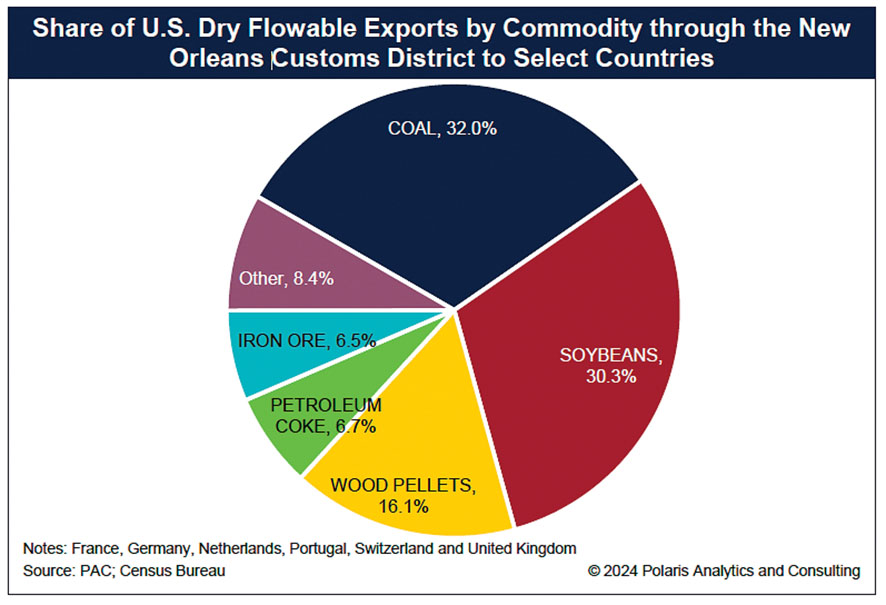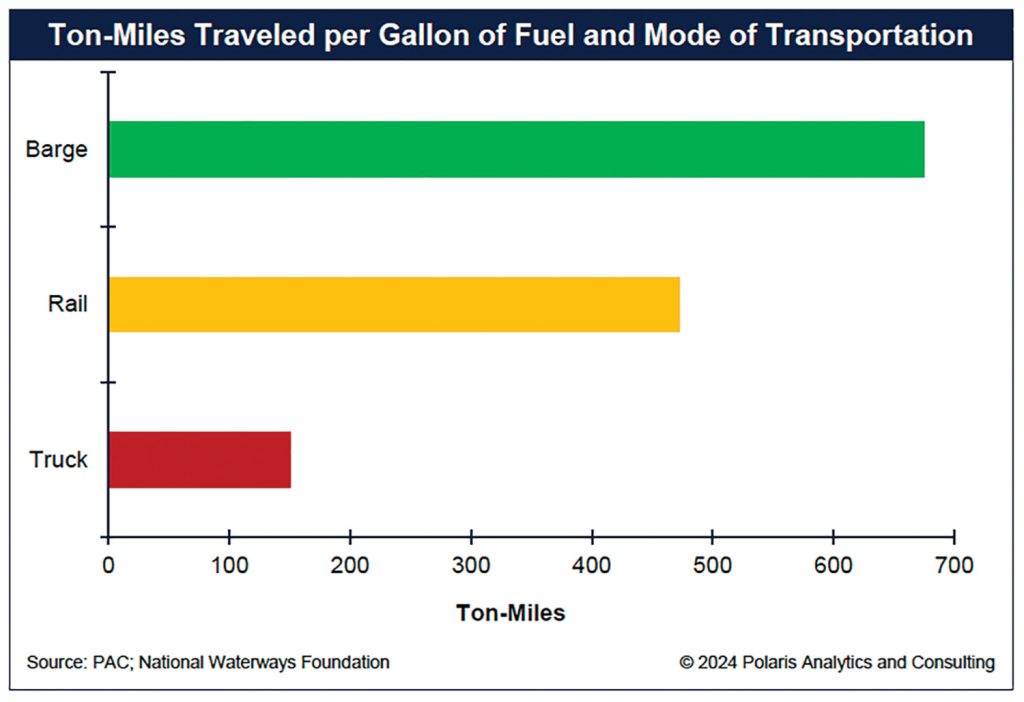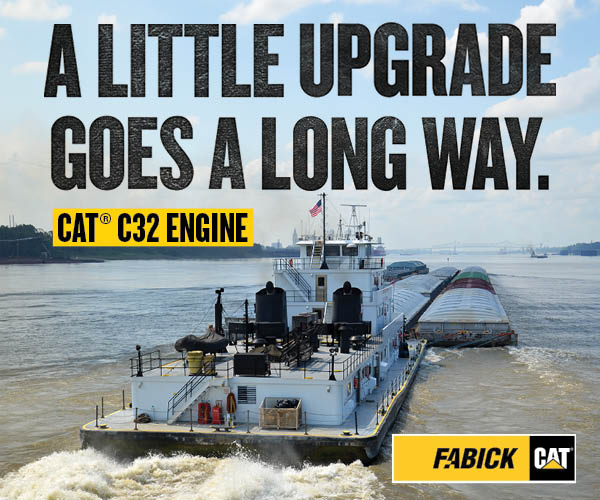The World Comes To The Doorstep, And The Door Is Open
On May 14, a delegation of transportation and logistics counselors from embassies around the world descended upon Memphis, Tenn., to learn about rivers, rails, roads and runways. They got a full picture of the rivers and then some. The counselors represent key ally countries and trade partners including Canada, France, Germany, Netherlands, Portugal, Switzerland, United Kingdom and the European Union office.
Most of them had little knowledge about the navigable waterways of the United States but left enthralled. Thanks to Deb Calhoun, senior vice president of Waterways Council Inc., who organized the session, the counselors were able to hear about and experience the inland navigation system. Thanks also to Randy Richardson, vice president-port and industrial properties/executive director of the Port of Memphis, who not only welcomed the delegation to Memphis, but gave them a glimpse of the inner workings of an inland riverport. Lastly, Wepfer Marine, a Memphis-based harbor and fleeting services company, provided a tour of the Port of Memphis and the Mississippi River aboard the mv. Chris Foster. It was my privilege to discuss trade flow patterns, the importance that the inland rivers are to their economies and the size and scope of the inland river towboat and barge fleets (both products of The Waterways Journal).
Feeding And Fueling Economies
From the Mississippi River, through the New Orleans Customs District, the world takes 3 out of 10 metric tons of the dry flowable commodities it buys from the United States. For those countries represented by the embassy delegation, their countries rely on the Mississippi River for two-fifths of the 10.6 million metric tons of dry flowable commodity imports they buy from the United States.
The top three commodities out of nearly two dozen they import through the New Orleans Customs District include coal that averages about 3.5 million metric tons annually, soybeans with more than 3.2 million tons per year and wood pellets that average 1.7 million tons each year as shown in the chart that follows. From the Mississippi River, these commodities feed and fuel their economies.
It’s The Water
As was discussed throughout the presentations, it is about the non-stop flow of water from across the great and magnificent drainage basin of the Mississippi River System. The foresight of explorers, adventurers, traders and elected officials saw to it that the Mississippi River could be harnessed to benefit not only the United States but also countries around the world.
The Mississippi River, with its many levees, locks and dams, serves many purposes, including navigation, flood control, irrigation, municipal water purposes and recreation. It is much like a funnel flowing through vast fertile farmlands, mining areas and manufacturing regions, connecting more than 100 million people through the states it flows to the Gulf of Mexico.
The U.S. Army Corps of Engineers is tasked to maintain and lead major rehabilitation and construction efforts while the U.S. Coast Guard assures safe operating on the system. The past two years were record low-water periods over many stretches of the river, but at no time did the system completely shut down. There were navigation restrictions such as light loadings to accommodate a safe operating draft, smaller tow configurations, daytime passage through certain sections, limited speeds and so forth. Working together, the inland river barge industry, along with with the Corps and Coast Guard and associations such as WCI and The American Waterways Operators, ensured the safest possible passage, minimizing interruption to trade and protecting citizens along the river and the environment.
Size Matters
The inland barge industry prides itself as being the safest, cleanest, most energy-efficient and cost-effective surface mode of transportation in the United States. The delegation was impressed with the size of the towboats, upwards of 10,000 hp., pushing tow configurations up to 40 some barges on the Lower Mississippi River where each barge (35 feet wide by 200 feet long and 12 to 14 feet deep) holds enough cargo (up to about 2,000 short tons) that is equivalent to 14 railcars or 70 trucks. A 40-barge tow on the Lower Mississippi River represents 560 railcars or 2,800 trucks, carrying enough cargo to completely fill one Panamax ship with coal or grain destined for Europe, Asia or elsewhere.
Because of the size and scale of the inland river industry and its equipment, which largely goes unnoticed, the fuel efficiency is incredible. Using information that Calhoun presented, the number of ton-miles traveled with one gallon of fuel is not even comparable. For example, moving commodities by truck with one gallon of fuel will get you 151 ton-miles down the road, while rail will track 472 ton-miles. The inland river industry streams 675 ton-miles on one gallon of fuel, 4.5 times greater than truck and 1.4 times farther than rail.
But that is not all. Barges have the smallest carbon footprint among the surface modes. Rail generates 43 percent more carbon dioxide than barges, and trucks emit a whopping 832 percent more carbon dioxide than barges.
Diplomacy On The Water
For the delegation, it all came full circle aboard Wepfer’s mv. Chris Foster. The able captain and deckhand showed the safety features, while offering a glimpse into the life of the inland river system.
The delegation had their eyes opened on the benefits of inland river navigation and got a greater understanding of why it is they can trust the United States to supply the ingredients to feed and fuel their economies.
It is not often that an astute delegation comes knocking to see what goes on, and it is not often that an industry can show off what it has done for many years and demonstrate what is possible feeding and fueling the world.
This delegation got the picture.
Ken Eriksen is managing member and strategic advisor of Polaris Analytics & Consulting. His column appears in The Waterways Journal approximately every other week.





